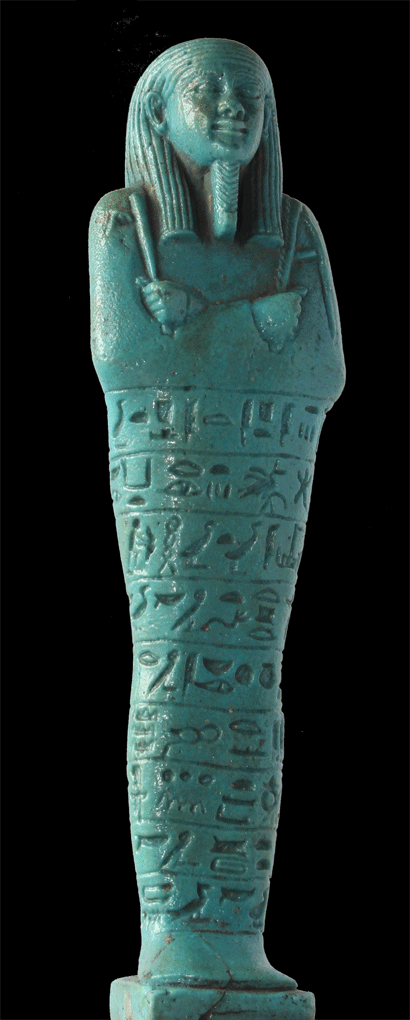|
|
|||||||
|
|
|
|
|
|
|
|
|
|
|
|||||||||||
|
|
|
|
|
|
|
|
|
|
|
|
|
|
|
||
|
|
|
|
|
|
||||||||||||||||||||||||||
|
Second Intermediate Period
|
|
|||||||||||||||||||||||||
|
|
||||||||||||||||||||||||||
|
During the Second Intermediate Period, a time of internal instability in Egypt,
the practice of having shabtis in tombs more or less ceased for few examples
are known. However, in certain places, particularly Thebes, very crudely carved
wooden figures resembling tent–pegs or sticks have been found [57]-[60]. These were called shawabtis, probably after the word for Persea wood (shawab).
Although few figures have undergone analysis, some were probably made from this
wood. Inscriptions are usually written in hieratic. A number are inscribed with
the offering formula (htp di nsw.t) although there are a few examples with
Chapter 6 of the Book of the Dead including some that are much more carefully
|
carved [61]. Shawabtis were sometimes placed in miniatures coffins, even in pairs [62]. Many shawabtis were dedicated by relatives of the deceased. One example is
known that is made of limestone and as such is very rare [63]. It has the chiselled wig and facial features as found on the crude wooden
figures although obviously the modelling is much more refined.
There is also a wonderfully bizarre shabti, also made of limestone and one of a
pair that are known, that was perhaps made during the transition into the New
Kingdom [64].
|
|
||||||||||||||||||||||||
|
|
||||||||||||||||||||||||||
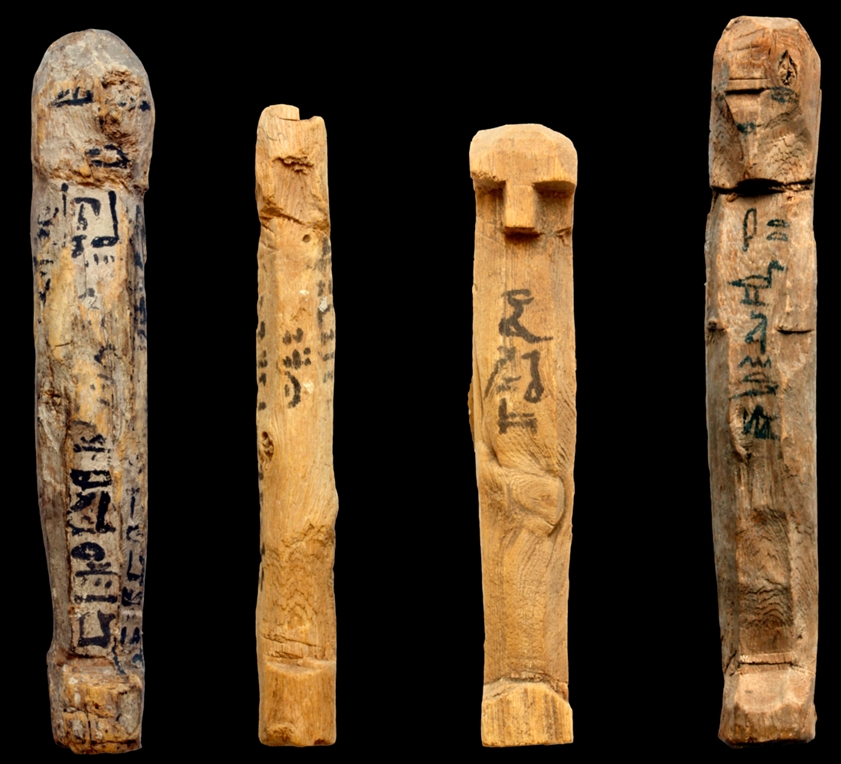 |
|
|||||||||||||||||||||||||
|
|
||||||||||||||||||||||||||
|
|
||||||||||||||||||||||||||
|
[57] Name illegible (Liverpool, WM M13598)
[58] Ahhotep (Liverpool, WM 18.12.10.6)
[59] Tanefert (Liverpool, WM 1973.1.469)
[60] Tetisaintef (Manchester, MM 6038)
|
|
|||||||||||||||||||||||||
|
|
||||||||||||||||||||||||||
|
|
||||||||||||||||||||||||||
|
|
||||||||||||||||||||||||||
|
|
||||||||||||||||||||||||||
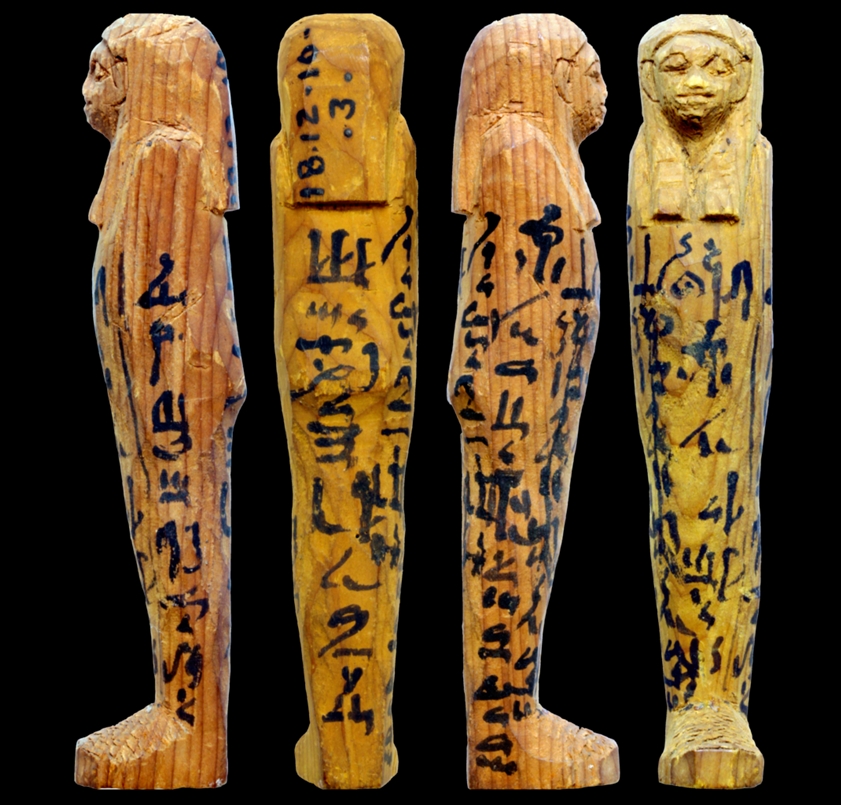 |
|
|||||||||||||||||||||||||
|
[61] Djehuty (Liverpool, WM 18.12.10.3)
|
|
|||||||||||||||||||||||||
|
|
||||||||||||||||||||||||||
|
|
||||||||||||||||||||||||||
|
|
||||||||||||||||||||||||||
|
|
||||||||||||||||||||||||||
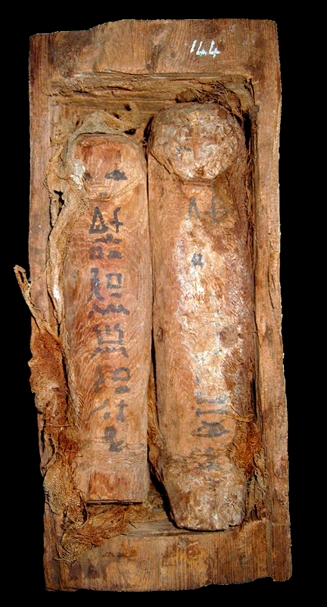 |
 |
|
||||||||||||||||||||||||
|
[62] Tetinefer and ?Tetian (Southport, 144)
|
[63] Seniemiah (art market, New York)
|
|
||||||||||||||||||||||||
|
|
||||||||||||||||||||||||||
|
|
||||||||||||||||||||||||||
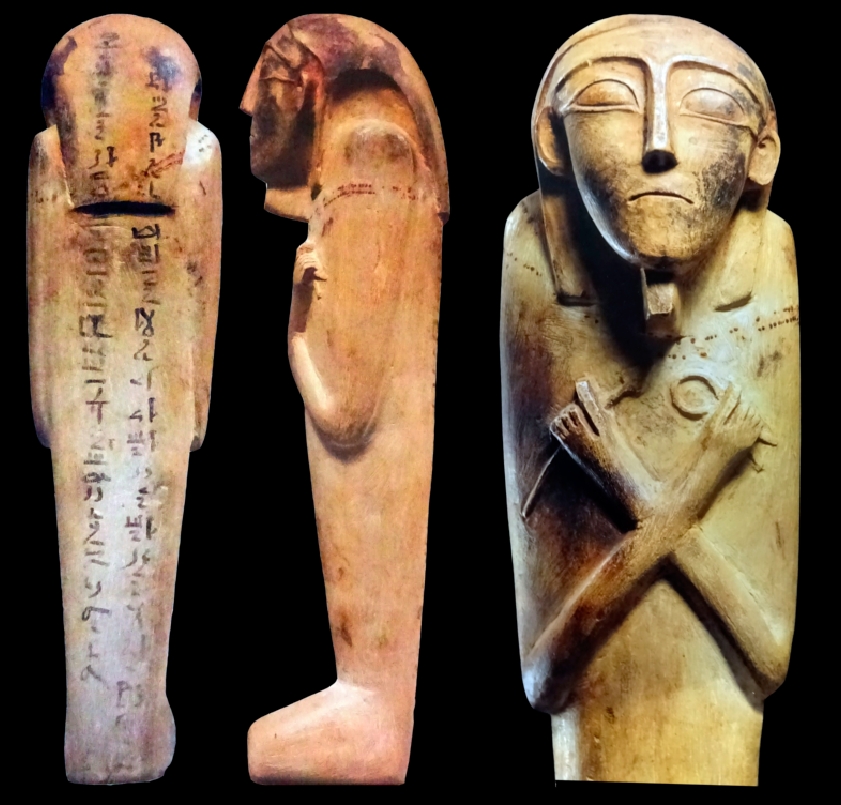 |
|
|||||||||||||||||||||||||
|
|
||||||||||||||||||||||||||
|
|
||||||||||||||||||||||||||
|
[64] Tamiat (art market, London)
|
|
|||||||||||||||||||||||||
|
|
||||||||||||||||||||||||||
|
|
|
|
|
|
|
|
|
|
|
|
|
|
|
|
|
|
|
|
|
|
|
|
|
|
|
|
